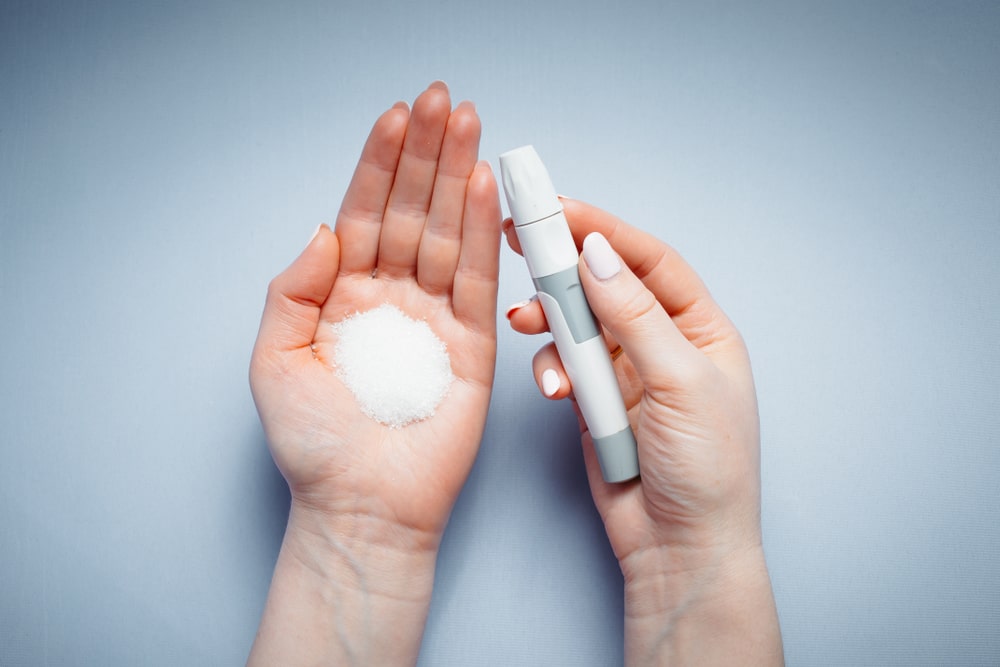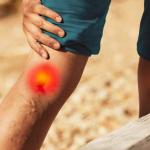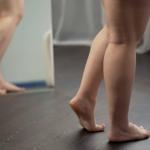
Summertime may have you craving sugary snacks and drinks, like ice cream and soda. If you suffer from varicose or spider veins, keep in mind that it may be a good idea to limit your sugar intake.
Here’s what you should know about sugar and varicose veins, along with sugar and spider veins. If you have additional questions, we recommend consulting one of our leading vein specialists at USA Vein Clinics.
Is Sugar Bad for Your Veins?
Although sugar may be pleasing to the taste buds, eating too much of it is unhealthy for your veins and overall health. Consuming excessive amounts of sugar can contribute to the development of vein disease, also known as venous insufficiency. Vein disease is the underlying cause of varicose and spider veins.
When veins are placed under ongoing strain, tiny one-way vein valves can begin to malfunction. When this occurs, veins are unable to efficiently send blood back to your heart. This can lead to blood pooling in the legs, ankles, and feet which can result in varicose veins or even venous ulcers.
Sugar leads to vein disease by contributing to a range of risk factors. Too much sugar can:
- Impact blood pressure: Sugar has been linked to high blood pressure, also known as hypertension. This serious health condition can impact your cardiovascular health, weaken your veins, and lead to venous insufficiency.
- Lead to diabetes: High blood sugar levels can cause diabetes, a leading risk factor for vein disease. Over time, high blood sugar and varicose veins can result in painful symptoms like leg swelling and cramping.
- Contribute to obesity: Foods high in sugar tend to be high in calories. Consuming too many calories leads to weight gain; the more weight you carry, the greater amount of blood needs to circulate through the body. This condition can place strain on your circulatory system.
- Cause inflammation: When veins are impacted by too much sugar, they become inflamed and begin to malfunction. Additionally, the presence of sugar in veins leads to water retention, which can cause veins to further dilate.
Venous insufficiency can cause a range of painful and uncomfortable symptoms, which may worsen when too much sugar is consumed. Common symptoms include:
- Swelling in the legs and ankles
- Tired, aching legs
- Burning in the calf or thigh
- Leg pain that feels better when you walk or raise your legs
- Itchy, dry skin
- Numbness or tingling sensation
- Difficulty standing for long periods
Vein disease can also place you at risk for dangerous blood clots and venous ulcers (open, non-healing wounds).
The good news is that avoiding sugar and eating a healthy, well-rounded diet may improve varicose vein symptoms, help prevent their formation, and reduce your risks of developing serious venous complications. However, it is important to know that seeking treatment is the best course of action to eliminate health issues stemming from spider or varicose veins.
HOW YOUR DIET CAN IMPACT YOUR VEIN HEALTH
Does Sugar Make Your Veins Pop Out?
As discussed above, eating excessive amounts of sugar can contribute to several risk factors for vein disease, including:
- Obesity
- Diabetes
- High blood pressure
In turn, vein disease can lead to the development of varicose veins and other types of visible veins, along with worsened leg symptoms.
Although web-patterned spider veins show up beneath the surface of the skin, varicose veins can appear to pop out above the surface of your skin. Not only are these veins unsightly, but they can also cause significant pain and discomfort. Avoiding sugar may help reduce the appearance of visible veins, but only treatment can help alleviate your symptoms.
What Else Should I Know About Sugar and Varicose Veins?
Reducing your sugar intake can benefit your veins and overall health. The American Heart Association (AHA) recommends the following limits on sugar consumption:
- For women, no more than 100 calories per day, or about six teaspoons
- For men, no more than 150 calories per day, or about nine teaspoons
We suggest working with your doctor to manage underlying health conditions like obesity, high blood pressure, and diabetes.
It may also be helpful to be aware of additional risk factors for vein disease, including:
- Genetics: If you have a family history of venous issues, you may be more likely to develop them. If both parents have varicose veins, your risk further increases.
- Age: Varicose veins are more likely to occur in individuals over age 50. However, they can develop at any age.
- Sex: Women are four times more likely to develop varicose veins. Pregnancy is a related risk factor.
- Pregnancy: Although pregnant women are considered at increased risk for varicose veins, the good news is that painful symptoms may resolve on their own after childbirth.
- Smoking: This unhealthy habit can damage your veins, affect your heart and lungs, and negatively impact your overall health.
- Prolonged standing or sitting: Individuals who spend a lot of time sitting or standing are at risk for varicose veins. To avoid problems, we recommend moving around as frequently as possible, along with stretching and massaging your legs when stuck in one place.
If you are concerned about your vein health, consult a vein specialist for personalized recommendations.
What Are My Vein Treatment Options?
Managing your sugar intake, following a healthy lifestyle, and avoiding prolonged periods of standing and sitting may help reduce your risks for varicose veins. However, the reality is that you may not always be able to prevent their development. Additionally, while there are rare exceptions, varicose veins do not usually go away on their own.
If too much sugar or other risk factors have already affected your vein health, we want you to know that our vein specialists offer a range of minimally invasive, outpatient treatments. Vein treatment can alleviate leg symptoms like pain, swelling, cramping, and itching.
Although recommendations vary depending on location and severity of disease, all of our vein treatments have the same primary goal. Using state-of-the-art, non-surgical methods, our experts aim to seal off diseased veins and reroute blood flow to healthy, surrounding ones. Over time, targeted veins are reabsorbed by the body, allowing your symptoms to resolve.
Your vein specialist may recommend one or more of the following treatments:
- Ultrasound-Guided Sclerotherapy
- Endovenous Laser Therapy (EVLT)
- ClariVein®
- VenaSeal™ Treatment
- Varithena Vein Treatment
Our treatments are highly effective and usually take under an hour, from start to finish. Some patients may require multiple treatments to obtain desired results. After your visit, you can leave immediately and return to most normal daily activities.
Schedule a Consultation With USA Vein Clinics
If you suffer from varicose and spider veins, we recommend consulting with one of our skilled vein specialists to receive the knowledgeable care you deserve. It is also important to work with your doctor to find a treatment plan to manage your symptoms along with your lifestyle and health conditions.
At USA Vein Clinics, our minimally invasive, outpatient vein treatments can alleviate your leg symptoms and improve your quality of life.
We provide treatment in 90 locations nationwide and offer telemedicine, which are convenient, virtual doctor visits. To get started on your path towards better vein health, schedule an appointment online or give us a call at 888.768.3467 today.





